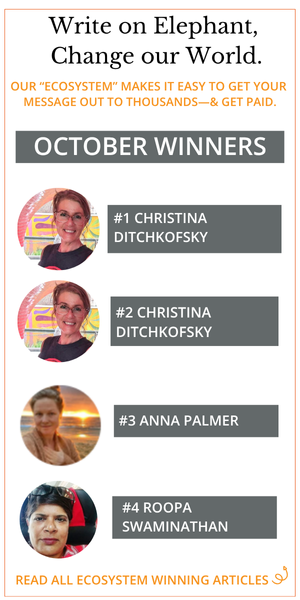As I leave Chicago for Saudi Arabia, I cannot stop thinking that the two most paid and most famous footballers in the world, Leo Messi and Cristiano Ronaldo are both playing in the US and, in Saudi Arabia. This reflects the renewed interest in football from both countries.
A striking example of North American investment and market focus in football, is Italy. Nine out of 20 Italian Serie A teams have North American investors, and more US private equity and hedge funds are acquiring undervalued Italian football assets. US family offices and investment funds also control 6 Italian Serie B league’s teams. These acquisitions and investments reflect the US increased interest in monetizing football. Inter Miami, until recently an underperforming football team owned by Football start David Beckham, acquired Leo Messi in July, and in so doing doubled the team’s value. According to Forbes, the team value was 600 M before Messi’s arrival. Based on new trophies, revenues projections, and investments, the team could be worth 1.3 billion by the end of 2023. This savvy Inter-Miami acquisition is propelling US football to new highs, changing the industry business model forever.
Saudi Arabia football momentum: Between 2022 and 2023 Saudi Arabian teams Al-Nassr, Al-Illal and Al-Ittihad, acquired Portuguese Cristiano Ronaldo, the most followed athlete on social media with 600 million fans, Neymar Jr. the Brazilian Superstar, and Karim Benzema, the most famous French footballer. These acquisitions are backed by the $ 660 billion Sovereign Wealth Fund Public Investment Fund (PIF). PIF is led by Crown Prince Mohamed bin Salman (MBS), who wants to turn the kingdom into a major football super-power. The Saudis have put their money where their mouth is, investing over $ 2.3 billion since 2022 to upgrade football infrastructures, to host global tournaments and to hire top coaches and players. Saudi also teamed up with Greece and Egypt to host the FIFA world cup in 2030, a bid they are hoping to win. PIF backed investment are all linked to Vision 2030, the strategic business plan aiming to re-invent the Saudi economy away from oil and natural gas.
Abu-Dhabi and Prince Mansour Football Ambition: Another football powerhouse, is United Arab Emirate. One of its members states, Abu-Dhabi, through the City Football Group (CFG) the holding company founded by Sheikh Mansour bin Zayed Al Nahyan, owns 12 football clubs, including Manchester City, the winner of this year Champions League. CFG is taking over undervalued teams across mature markets such as the UK, France, and Italy, shoring up their finances and capitalizing on the brands of historical teams. Abu Dhabi acquires over-leveraged teams for penny on the dollars as done for the Italian team of Palermo which Abu-Dhabi snatched for $12 million. The Emirate strategy is working, as Prince Mansour now controls a sizable market share of global football which is roughly 2 percent of the country GDP.
Petro-dollars oil and natural gas bonanza: Gulf Cooperation Council (GCC) countries are awash with cash and their National Oil Companies (NOCs) have experienced record windfall since the Russian invasion of Ukraine in February 2022. Oil price has led to big gains in revenues for Saudi Arabia, UAE, Kuwait, and Qatar. The GCC’s oil and gas revenue increased from $326 billion in 2021 to $520 billion in 2022. In 2023 oil prices fluctuated but overall stabilized around $80 a barrel. The relative price stability is influenced by Saudi Arabia production cuts which keeps supply tight, and with thus Vision 2030 projects alive. Rest assured that oil and gas windfall will be pumped towards football in Saudi, Qatar and UAE as the Gulf countries fight to dominate global football.
Saudi and the US competitive edge: Cristiano Ronaldo, and Leo Messi combined galvanize roughly one billion people generating hundreds of millions of dollars of new revenues in merchandising, advertising, and TV subscriptions. Both acquisitions were savvy commercial transactions, converting Miami and Riyadh into powerful football investment destinations, and potentially the largest football fan clubs in the world.
Final thought: Saudi petro dollars and US managerial expertise will dominate football going forward. These new powerhouses can inject capital and private sector best practices disrupting older family style team’s management like in Italy and in Spain. More football teams under the Saudi and US leadership will be listed in stock exchanges, football players will become team’s shareholders, and tech platforms will reward football fans via videogames, immersive realities, and tokenomics. Follow the money.


 Share on bsky
Share on bsky




Read 1 comment and reply